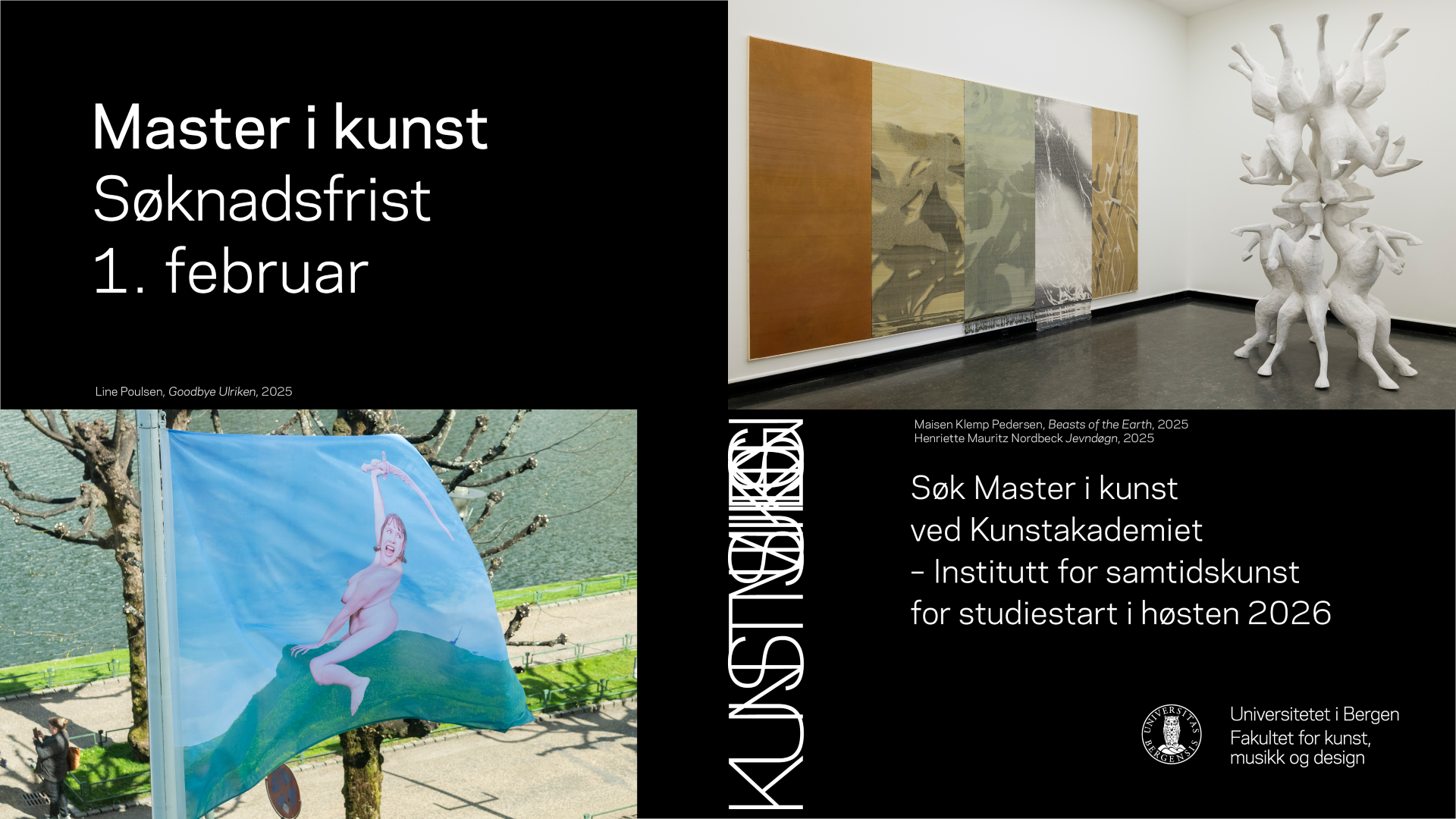
The past few years have seen Galleri Nicolai Wallner undergo quite a rejuvenation. For many years, the Copenhagen gallery was known for virtually never taking in new artists, and on the few occasions it did, only tried-and-tested, well-established names like Alexander Tovborg or Marie Lund were allowed past the velvet rope. But since Grace Roy Hess became a partner in late 2020, something new has happened – first with the addition of young names like Julie Lænkholm, Rasmus Myrup, and Kinga Bartis last year, and very recently Eva Helene Pade, who is still a student, has joined the roster of artists.
Pade burst onto the art scene at last year’s BA exhibition at the Royal Danish Academy of Fine Art, presenting a series of works that veered towards paraphrasing Otto Dix in terms of technique, albeit with subject matter more akin to Skam (Shame, 2015–17), Norwegian streaming TV’s cutting-edge depiction of teen life. Here were awkward young people mingling among the canvases, dancing and kissing while wallflowers looked on enviously. At the group exhibition Zeitgeist, which constitutes Pade’s first presentation at the gallery, she may come closer to quoting Edvard Munch. On a small canvas, a pallid yet smiling person dances with Death, surrounded by a halo-like luminescence and a dense pink smoke. Expressive existentialism meets a late night on the Copenhagen club scene.
The exhibition brings together six painters aged 25 to 34, including several academy students, under the common heading Zeitgeist – a title which is itself a quote. The iconic Zeitgeist exhibition at Martin Gropius Bau in 1982 presented ‘young’ artists such as Sigmar Polke, Georg Baselitz, and Markus Lüpertz, simultaneously marking a break away from the more intellectual concepts of the 1960s and 1970s and a return to expressive painting. Combining equal parts punk attitude and inspiration from venerable predecessors like Emil Nolde and Ernst Ludwig Kirchner, they sought to create a more authentic (German) painterly idiom poised somewhere between the distant past and the near future.
Punk attitudes are not the first thing that spring to mind when perusing the six young painters at this gallery in the Northwest District, where my first stop is in front of Oliver Bak’s almost impressionistically flickering canvases with subtle figures that seem embedded deep inside the layers of painting. Half-hidden underneath floating stylised flowers, figures turn their backs towards the viewer or curl inward in poses I read as having a mythological or historical starting point.
Something mysterious is also afoot in the work of Anna Kristine Hvid Petersen, whose dark still lifes quite clearly reference seventeenth-century Dutch painting. While the overall technique and level of detail point towards a realistic representation, decoding exactly what I am looking at is almost impossible.
In her Vingeløs (Wingless, 2021), a sunflower looks up at an object reminiscent of a jester’s hat, complete with bells, albeit with a crackled and penetrated surface. The scene reminds me of Jean-Baptiste-Siméon Chardin, who was also inspired by the Dutch still life tradition and whose La Raie (The Skate, 1726) depicts a fish with its bloody belly and gills prominently on display. Whether Hvid Petersen would approve of that particular association, I do not know. But her works resemble freely imaginative abstractions riffing on existing paintings.
The exhibition outlines a portrait of a generation of painters who are extremely historically aware, quoting and entering into conversations with the past in their selection of media, technique, and subject matter. In this respect, the somewhat bombastic exhibition title makes sense. The works seem to have been curated according to a principle of stylistic affinity, where Hvid Petersen’s imagery resonates with Emilie Imán’s hyper-realistic, almost transhuman fusion of body and mechanical-looking plants seasoned with a dash of spirituality. Similarly, there is a certain kinship between Bak’s half-hidden figures and Martin Aagaard Hansen’s more expressive technique that lets the paint bubble out of the canvas in lava-like formations, almost drowning out the figurative elements.

J. G. Arvidsson’s works stand out somewhat from the rest of the exhibition. Through several layers of paint and canvas, a large work, U is for US (home) (2022), shows two figures poling a small vessel across the water, seemingly mimicking a stereotypical mode of representing the Black body that belongs to a different age. Another, Yours to keep (2022), consists of a woman’s silhouette complete with long skirts and a parasol cut out of a school blackboard, pointing in the direction of what we should learn from the past.
If Arvidsson harks back in time in terms of style or subject matter, it may be to a non-Western tradition. Although I can – with a bit of effort and through a Zeitgeist lens – also make out traces of European depictions of “the noble savage” somewhere in among the layers. Had Arvidsson’s works stood alone, I would certainly not have been looking for references with such febrile intensity, but rather noticed how fresh and unlike anything else they really are.
Trying to define a common spirit among a group of artists, several of whom are still at art school, is obviously silly, and one should probably not read too much into the title or the reference to the 1982 exhibition. Perhaps more than anything Zeitgeist speaks eloquently of the gallery’s own journey from 1990s conceptual art to painting by very young artists – and of the fact that the distance from academy exhibition venue to high-powered gallery has never been shorter. Which is in itself a sign of the times.

